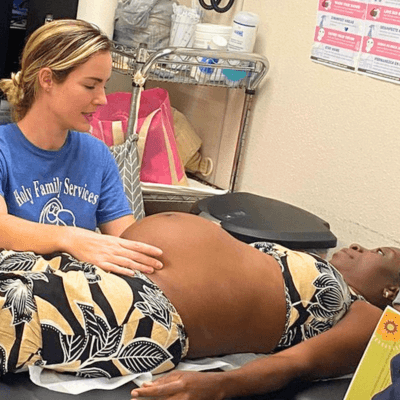Maryland Needs Basic, Common-Sense Heat Standard – Not What Has Been Proposed

[Editor’s Note: MCN’s Maryland office is finishing up their comments on Maryland Occupational Safety and Health’s proposed heat stress rule. The comment deadline is Monday, November 7, 2022. The public is encouraged to submit comments. Comments should be directed to: Michelle F. Vanreusel, Acting Deputy Commissioner, 10946 Golden West Drive, Suite 160, Hunt Valley, MD 21031, or can be emailed to dli.regulations+HS@maryland.gov, or faxed to 410-767-2986. No public hearing has been scheduled.]
Every summer that farmworkers toil in the fields is the coolest summer they’ll ever experience. The world is warming at a dangerous pace, and farm work is becoming deadlier as a result. Strong heat regulations are needed to protect farmworkers and others who work outside or in unconditioned spaces from the increasing risk of heat.
This week, Migrant Clinicians Network is submitting comments to Maryland Occupational Safety and Health (MOSH), expressing disappointment in Maryland’s proposed heat standard and demanding that the draft be withdrawn.
“This standard is completely inadequate in protecting Maryland workers from heat-related illness or death,” said Amy K. Liebman, MCN’s Chief Program Officer of Workers, Environment and Climate. “MOSH has butchered the intent of this standard and that is simply not acceptable. We need a standard that will protect workers.”
Maryland’s proposed heat standard begins by declaring that the standard only applies if the employer anticipates that the workers will be threatened with a heat illness when working – essentially allowing employers, not the heat standard, to determine when work in high heat is risky. Additionally, the standard sets a recommended trigger of 88 degree F. Instead, MCN proposes a specific 80-degree trigger temperature for basic protections, as well as a 95-degree extreme-heat provision, both of which would apply at all times, whether the employer finds it dangerous or not.
The standard requires a heat-illness prevention program, but does not require the program to be in writing, which eliminates Maryland OSHA’s ability to review the program or confirm its existence. Further, farmworkers cannot refer to their training to check on safety protections in their workplace.
The standard also lacks basic important specifications around the provision of water and shade and rest schedules. Additionally, no specific provision on acclimatization of workers to heat is included – which is critical to prevent worker deaths. MCN’s comments continue with concerns about indoor heat exposure; heat stress related to radiant heat, workload, and clothing; heat risk assessments; hierarchy of controls; competent persons on-site; stop work authority; medical surveillance; physiological monitoring; worker participation; and training.
MCN pointed to California’s 16-year-old heat standard, which requires employers to provide the basic common-sense protections of water, rest, shade, and time to acclimatize, as well as a written plan and training, and special emergency procedures that get triggered at a higher temperature. These basic protections have not disrupted the state’s strong agricultural industry.
No worker should die from the heat. Strong standards can be implemented effectively, and, as climate change rapidly exposes farmworkers to hotter conditions more frequently, we have an obligation to protect workers from heat-related illness, injury, and death. However, as written, Maryland’s heat standard, unfortunately, will not protect workers from this dangerous, deadly, and preventable occupational exposure.
- Log in to post comments





